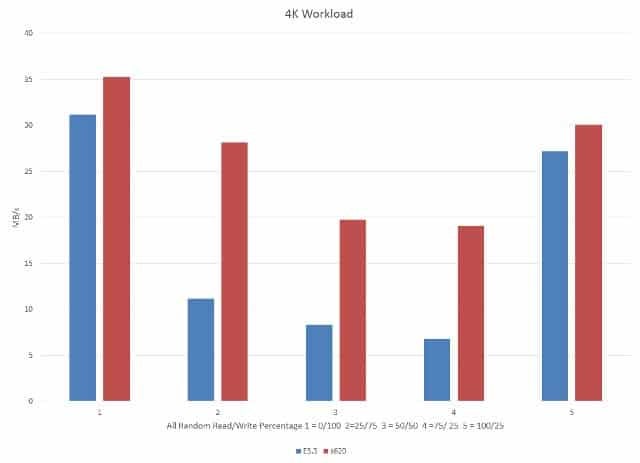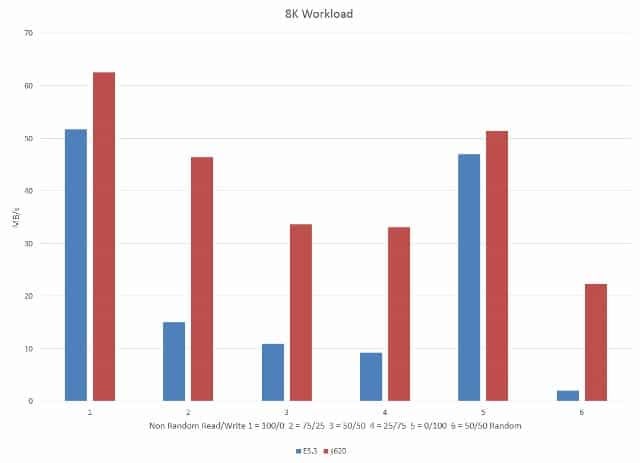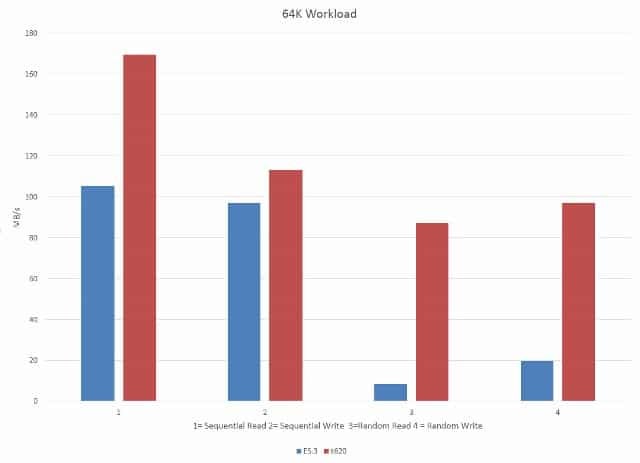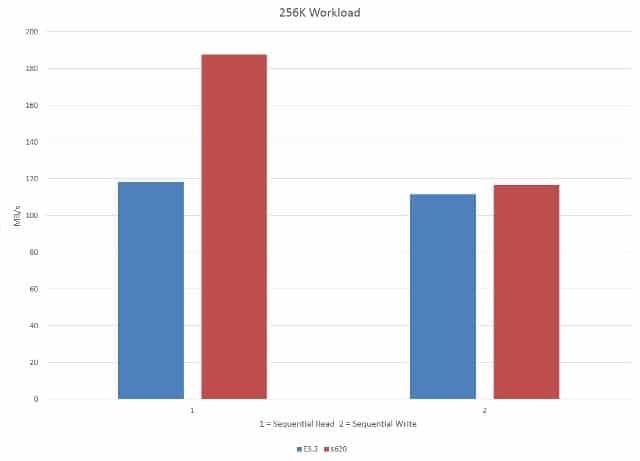Choosing the right disk drives for enterprise duty depends a lot on the tasks you need them to support. It’s no secret that Solid State Disks (SSDs) offer significant speed and power improvements over their rotating media competition. The dig on SSDs has been centered on cost and reliability. Many off-the-shelf SSDs have problems with lots of read/write cycles.
However, STEC has addressed the reliability issue head on and produced a line of SSDs with impressive numbers.
Deciding when and where to use SSDs has gotten somewhat more difficult with products such as the STEC s620 and other models from the company. The obvious use case for really fast disks is in high I/O situations like a high-transaction database application. The s620 holds 200GB of data and draws a measly 6W of power. The power number can be significant when you start talking about large numbers of drives.
At the same time, Seagate has recently put out a relatively new version of their line of enterprise-class SATA drives with the Constellation brand name. We were provided with the Constellation ES.3 4TB drive for evaluation. These drives have a stated 1.4 million hour mean time between failure (MTBF) rating, which, if you do the math, is over 1300 years. They also have a stated max sustained data transfer rating of 175 MB/s which is pretty respectable for a low-cost drive. It operates at 7200 RPM with 128MB of cache and the uses a 6 Gb/s SATA interface.
On the downside, there are some limitations when it comes to using SATA disks. First is the lack of dual-port capability, meaning you would not be able to use this type of drive in a dual redundant controller configuration. This isn’t necessarily a show stopper as you can configure the drives using RAID 5 in a storage box with dual redundant power supplies and network paths. This would give a similar redundancy, meaning you would not have a single point of failure. There are a number of vendors providing SATA storage enclosures with 10 GbE networking which should support high I/O requirements.
We decided to put both drives through some benchmark testing to see how the SSD compares with the SATA drive.
Performance
To test raw drive performance we used a simple setup consisting of a Toshiba Portege R930 Laptop running Windows 7 64-bit. This laptop has an eSATA connector which we used to connect to a Thermaltake BlackX SATA docking station using an eSATA cable. This made for an easy way to pop a SATA hard disk into the docking station and run the benchmark software.
For benchmarking, we used the IOmeter tool which has been around for quite some time. eSATA provides more than enough bandwidth to take that out of the equation and allow for an apples-to-apples comparison of performance for the two different drives.
We then ran a series of tests using the Seagate ST4000NM033 Constellation ES.3 4 TB drive and the STEC s620 SSD. These consisted of varying sized disk reads and writes of 4K, 8K, 64K and 256K bytes. These sizes represent the following workloads: normal NTFS traffic (4K), a typical Microsoft Exchange system (8K), a SQL Server database (64K) and a file back / restore operation (256K). IOmeter allows you to change the sequential or random read/write settings to simulate realistic workloads.
The tests showed the s620 consistently faster than the ES.3 but in some cases the margin wasn’t what you might expect. Actual performance is very dependent on the types of workloads you will use as the charts show. In some cases the SSD provides a ten-to-one performance improvement, while in others it’s barely faster. Random access is where the SSD shines, which you would expect.
Benchmark Results
Power and Reliability
One of the areas where the s620 part stands out against all the other SATA SSDs is the drive endurance. This particular part is specified to write random data of over 3.4 Petabytes before any of the NAND starts to wear out.
Power usage equates to long-term costs. Lower power requirements also translate to lower cooling costs and longer life for the product.
Under idle conditions, the STEC 620 consumes 3.34 watts of power, while the Seagate ES.3 comes in at 6.73 watts. For a random continuous read state, the STEC 620 consumes just 3.76 watts, while the Seagate ES.3 jumps to 11.27 watts. That’s almost three times as much power.
These numbers can add up quickly when you have multiple racks of disks involved.
Bottom Line
While both the Seagate ES.3 and the STEC s620 are classified as “enterprise” disks, they address different application scenarios.
The Seagate drive offers a huge capacity differential with only a minor drop in performance and would be a great choice for low-cost reliable bulk storage.
STEC markets the s620 as an economy device targeted at specialized applications such as a boot disk or for an embedded application where reliability and low power are required.
Both devices do the job they were designed to do well.









